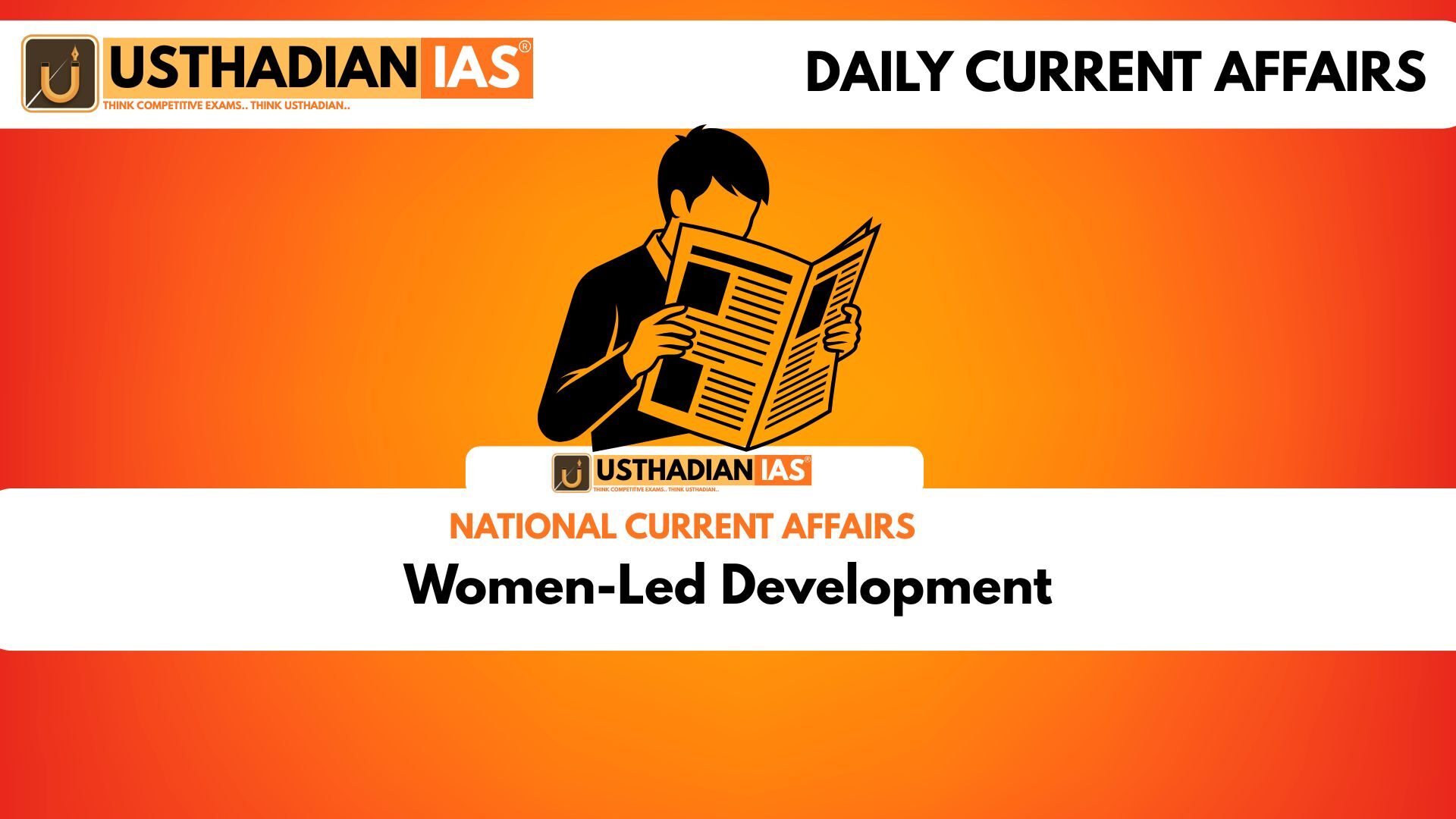Understanding Women’s Development vs. Women-Led Development
Women-Led Development: In a recent Women Empowerment Maha Sammelan held on the 300th birth anniversary of Lokmata Devi Ahilya Bai, the Prime Minister emphasized a vital shift: making Women-led Development the foundation of India’s progress. This represents a change from traditional women’s development to a more empowering and participative approach.
| Aspect | Women’s Development | Women-Led Development |
| Core Philosophy | Women as passive recipients of welfare | Women as active agents and drivers of change |
| Primary Focus | Providing services to women | Empowering women to lead development |
| Role of Women | Beneficiaries needing support | Change-makers and decision-makers |
| Approach | Top-down delivery of schemes (e.g., shelter assistance) | Bottom-up participation and leadership (e.g., property entitlements) |
Women’s development traditionally focuses on welfare and providing support. On the other hand, women-led development centers around empowering women as leaders who actively shape policies, economy, and society.
Significance of Women-Led Development for India
Economic Empowerment
According to the National Family Health Survey (NFHS), advancing gender equality and empowering women could boost India’s GDP by 30%. This is a massive economic incentive for the country to promote women’s leadership and participation across all sectors.
Gender Equity and Role Models
When women take up leadership roles, they serve as powerful role models breaking societal stereotypes about gender. For example, in Operation Sindoor, leadership roles by Col. Sophia Qureshi and Wing Commander Vyomika Singh have inspired many young women to pursue careers in defence and other fields traditionally dominated by men.
Inclusive Growth
Women-led development fosters inclusive growth by integrating women’s potential into economic, social, and political spheres. It encourages women to participate actively in governance and decision-making, ensuring policies reflect diverse needs.
- Over 80% of artisans in the Khadi sector are women.
- More than 50% of those practicing sericulture (silk farming) are women.
These statistics highlight how women are already driving traditional industries that contribute to rural and economic development.
Conclusion
The focus on women-led development signals a transformational approach for India’s growth story — one where women are no longer just beneficiaries but leaders and architects of progress. This aligns with global gender equity goals and promises a more balanced and prosperous society.
Static Usthadian Current Affairs Table
Women-Led Development:
| Topic/Term | Details/Explanation |
| Women’s Development | Welfare-focused, women as passive recipients |
| Women-Led Development | Empowerment-focused, women as active leaders |
| Economic Impact | Gender equality could increase India’s GDP by 30% (NFHS) |
| Role Models | Leadership examples include Col. Sophia Qureshi, Wing Commander Vyomika Singh |
| Sector Participation | >80% women artisans in Khadi sector, >50% in sericulture |
| Event | Women Empowerment Maha Sammelan on Lokmata Devi Ahilya Bai’s 300th birth anniversary |








